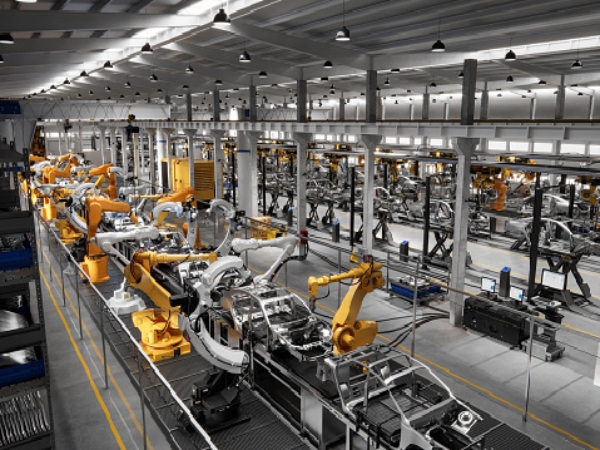Robots in the making thought-provoking truths you need to know
The real
goal of automation is to provide a return on investment (ROI). However, we
often see that industrial manufacturers go to massive efforts to implement
robots in their factories in a way that almost guarantees no return on
investment.
If you want
to automate tasks that bring measurable value to the company, that is, a
pragmatic approach, read on. If you want to keep paying big money for rigid
automation systems that don't use readily available modern technology, this
article may not be for you.
At Freedom
Robotics, we've worked with thousand of robots, oversaw hundreds of
deployments, and witnessed countless successful integrations of legacy
technology. In each case, our goals was to automate the tasks that deliver
measurable value to our customers.
But some
attempts at integration have also failed. When they did, the root causes was
almost always a lack of practicality.

A
sobering truth about robots in industrial: ROI is not guaranteed
Based on our
knowledge on the walls of some of the most modern industrial manufacturing
facilities in the United States, less than 10% of transportation tasks are
easily automated with robots.
It's getting
worse. Before our arrival, about 80% of the robot projects we saw were more
than double budget and took six month to a year longer than expected to
implement.
The robot
revolution just didn't happen. The future has not arrived. Robots don't keep
their promises. Why? We have identified three major challenges that act as
obstacles.
Challenge
I: Robot take too
long to integrate. Integrations often go over budget, overpromises, and end up
being seen as an organizational albatross.
Challenge
II: Robots require
great grip. They fail at random times for various reason. These are not
solutions to be solved and forgotten.
Challenge
III: Return on
investment is difficult to quantify. Robots are black boxes. It is almost
impossible to determine the performance of a robot.
The result?
Manufacturers are leaving billions of dollars in savings on the table. It fixes
not have to be this way.
Automation
and Industrial Robots in Manufacturing: An Overly Real Hypothesis
Freedom
Robotics works with leading manufacturer who are striving to automate
transportation tasks. Major manufacturers, including those in the automotive
industry, employ thousands of tugboat operators. Tugboats transport trailers
full of parts, in a specific order, to different sections of the production
line for the ultimate purpose of assembling finished products such as vehicles,
equipment, and consumer products.
Manufacturers
like these have a never-ending mission to reduce costs per product created.
There is a clear ROI potential in automating these drivers' tasks through
robotics, but the path to achieving such benefits is never straightforward, as
there are always challenges along the way.
8 Robotic
in Automotive Industrial: Assembly in Action
Lease's take
a closer look at the full tests we've identified that prevent customers like
our industrial manufacturer from fully understanding the benefits of robots, as
well as the ultimate, pragmatic solutions for each.


